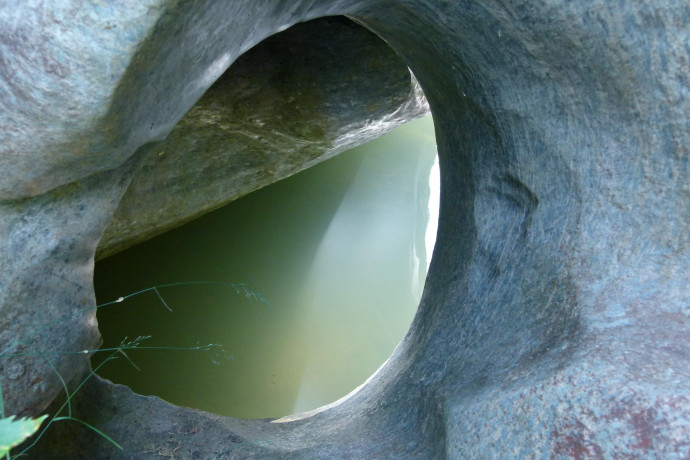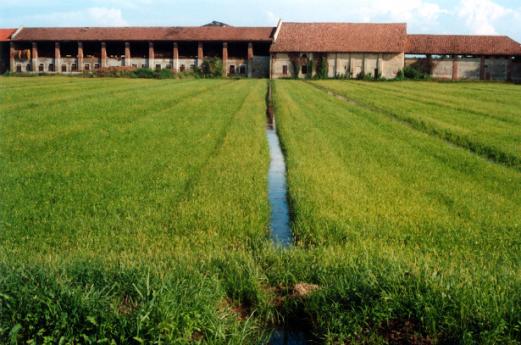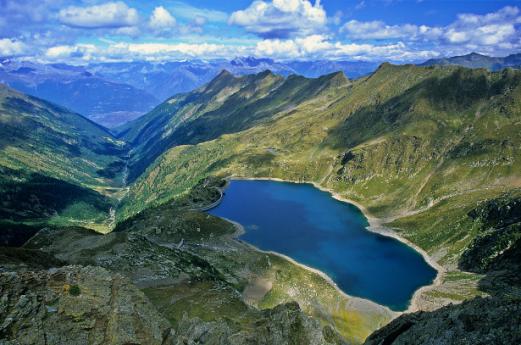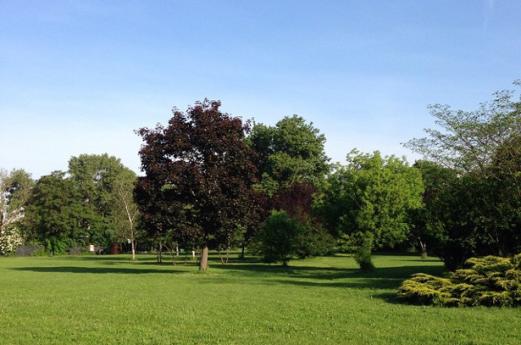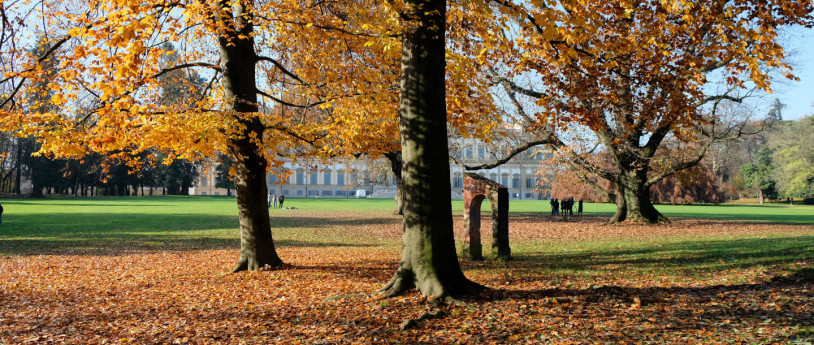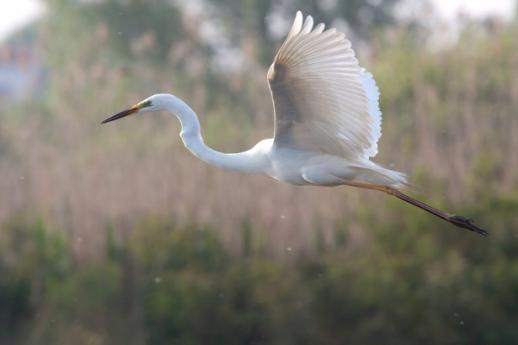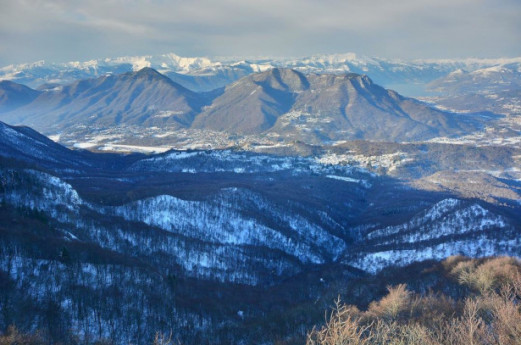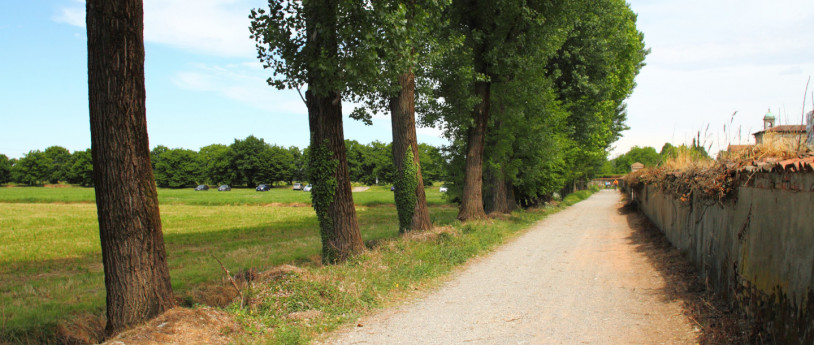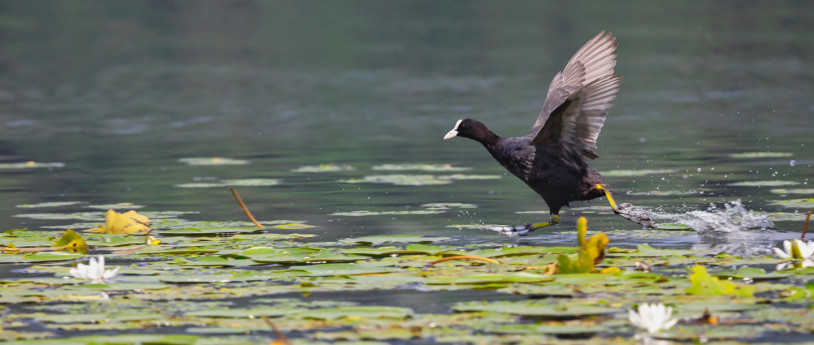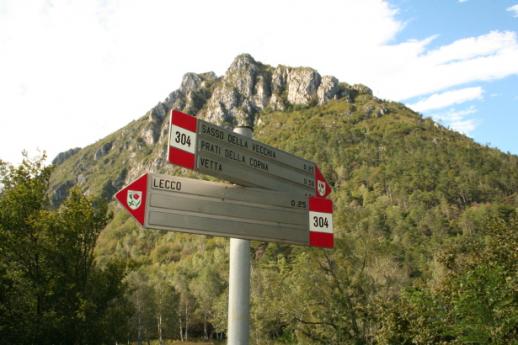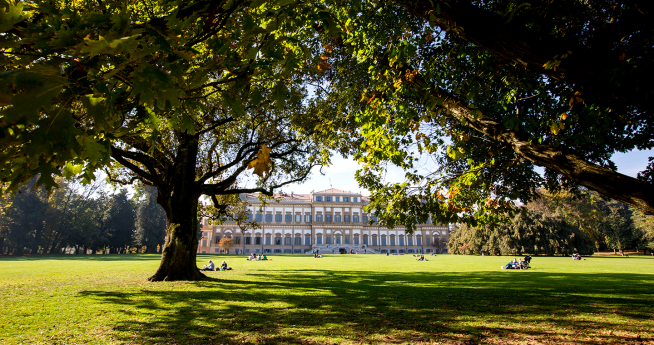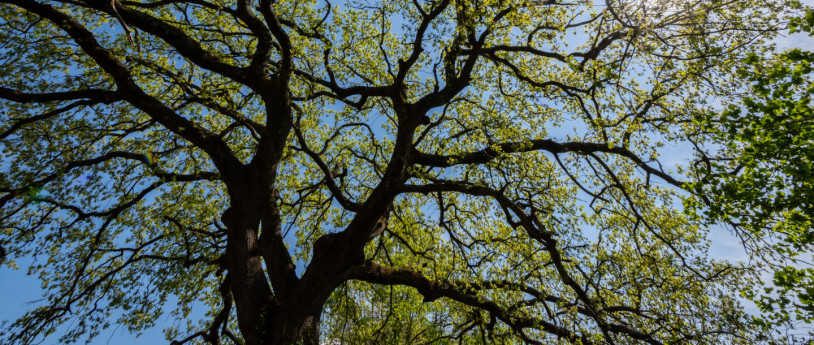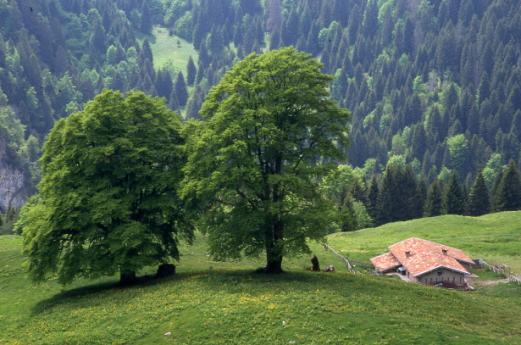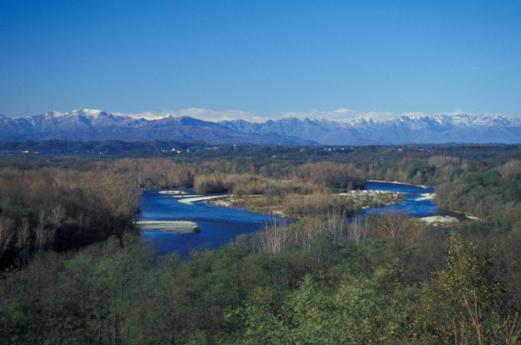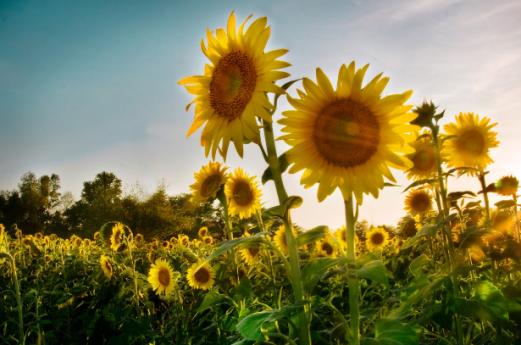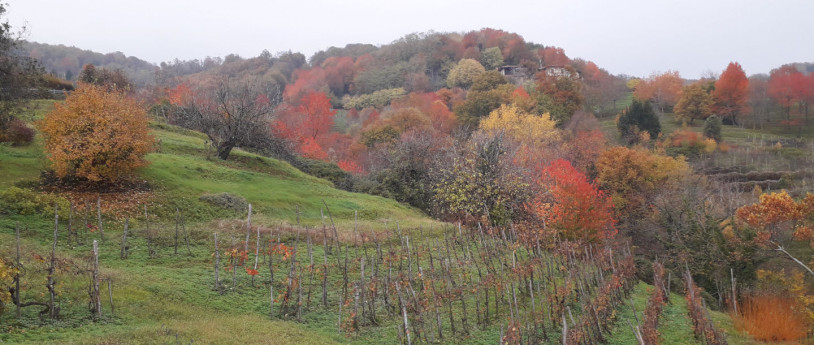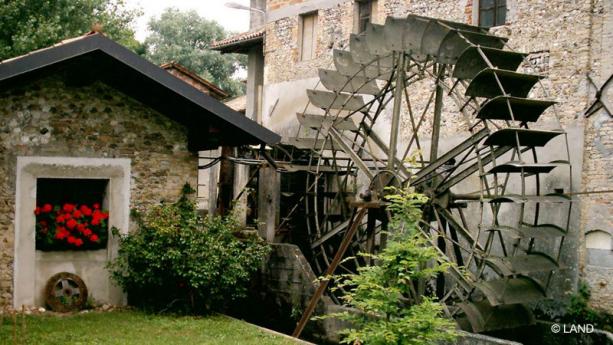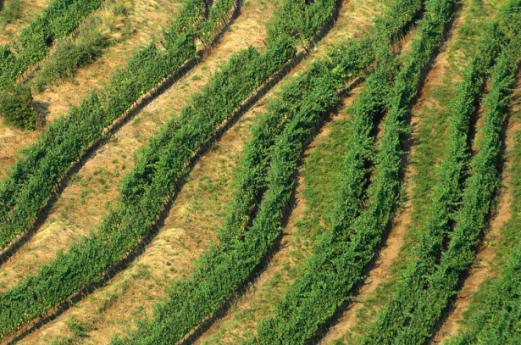- Parks
- Active & Green
- Cycle Tourism
The mills and the river olona
A path to fully understand the life of the river, which from a natural element becomes strength at the service of man.
Taking off from the Parabiago Station FS, the first urban stretch will take you to the Villoresi Channels and to the intersection with the Olona river. Continuing north, you'll encounter various mills like the Starquà Mill, whose very original name comes from a series of events in 1853 when the troops of the Habsburg army were ordered to vacate the premises, the miller responded "noi vogliamo star qua" (We want to stay here).
Not far away, the Mill of Miglio, presumably built in 1600 and the Montoli Mill dating back to the 15th century. Together with another four mills they make up the "Park of Mills", which are a consistent group of 116 mills gradually abandoned in the early 20th century or demolished to make room for the cotton industry.
Continuing north we encounter the Castle of Legnano, a beautiful Lombard castle built by the Visconti family and then the Villa Parravicini with a large English-style park of nearly 10 thousand square meters where you can admire 30 different tree species. The last stop on the trip before heading back to the starting point is the Parco del Roccolo where, next to crops of wheat and corn, can be found woods and waterways.
Milestones:
- Sanctuary of the Madonna of the God Sà, located in the immediate vicinity of Parabiago, was created by a pupil of Bramante
- Shrine of Our Lady of Colorina, in a secluded position among the village of Nerviano, was once visited by San Carlo Borromeo in 1570
- Cascina Bergamina, with a great and complex rural architecture dating back to 1500
- Park of Mills, within its bounds lie 6 mills, testimony to an ancient tradition of milling in the area
- Castle of Legnano, a splendid example of a Lombard castle, now hosts events and exhibitions
- Villa Parravicini, according to a popular legend, it is the villa in which Federico Barbarossa took refuge after defeat in the Battle of Legnano in 1176
- Parco del Roccolo, where you can find fantastic wooded areas like the Roccolo Forest and the Arluno Forests
Locations on route:
- Parabiago, the city of shoes where you can buy artesian shoes in various shops and factory outlets
- Nerviano, for an interesting visit to the Olivetan ex-convent of Saint Mary the Crowned, and from 2003 the headquarters of the Municipality
- Legnano, noted for its historic battle of 1176 that put Federico Barbarossa against the troops of Lega Lombarda, ending in a victory for the latter
- Canegrate, noted for the Visconti Castelli Palace, an historic building built in various phases whose work was interrupted several times and used over time, even as a spinning mill.
